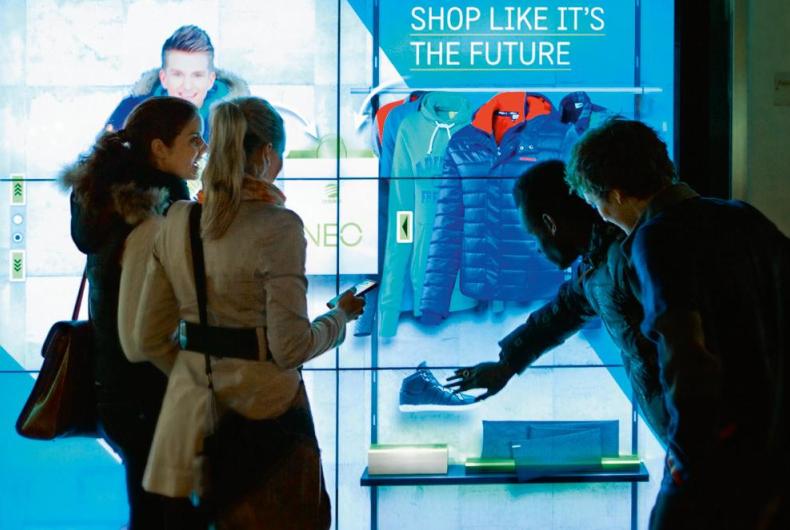The conventional purchase funnel has evolved courtesy the advent of technology and the impact of digital. The year 2016 will see this trend fructify further as marketers develop clearer consumer journey maps – from awareness to purchase – in order to better integrate sales and media touchpoints. This is one of the predictions in Millward Brown’s 2016 report ‘Digital and Media Predictions’.
This opportunity is now possible as digital platforms are blurring these two previously separate disciplines – sales and media – to an unprecedented degree. This in turn is allowing marketers to optimize the consumer journey.
Three key trends drive this opportunity. The consumer journey is becoming device and channel agnostic as people buy at the moment and in the way that best suits them. The transformation of ecommerce sites from pure sales channels into media touchpoints. And finally, the transformation of ad creative that links directly to purchase opportunities on digital channels.
The report states that marketers who develop detailed consumer journey maps will be able to follow consumers along this new path to purchase, allowing them to identify the most powerful touchpoints from both sales and marketing along the way. This will give brand owners the power to deliver seamless brand experiences that will simultaneously not only drive the brand but also the market share and sales outcomes.
“Sales and media touchpoints have traditionally been separate, but changes to the digital landscape and consumer behavior now allow marketers to unify them for the first time. In 2016, we expect advertisers to map marketing contexts to an integrated consumer journey so that sales and brand-building content complement rather than compete with each other,” commented Duncan Southgate, Global Brand Director for Digital, Millward Brown.
Other predictions expected in 2016 in the media landscape include:
#1. Mobile Videos: Brands will invest heavily in online and particularly mobile video advertising in 2016, yet many will waste millions by neglecting to adapt content across formats. Smart marketers will involve digital considerations much earlier in the creative process and pre-test more assiduously
#2. Smart TVs: Connected TV or Smart TV will take over the television viewing experience, bringing profound changes to the way people consume content. Experimentation with workable addressable TV advertising models will begin, although live TV advertising will remain dominant for now
#3. Inspiring Content: In a bid to overcome low digital advertising receptivity, more brands will become content creators. As marketing moves from disruption to attraction, inspiring content marketing will move up the corporate agenda.
“The recent rise of ad blocking software means that consumer receptivity will be a big issue in 2016. Brands that fail to target consumers appropriately, adapt content across formats or rely solely on paid advertising content are unlikely to build engagement and drive sales. The ability to connect in digital platforms at a time when consumers are willing to do so, and with great content in a format that is not intrusive, will separate the successful marketers from those that simply annoy,” said Mr Southgate.





